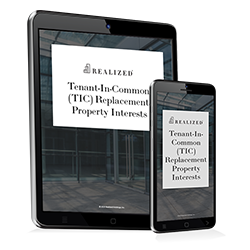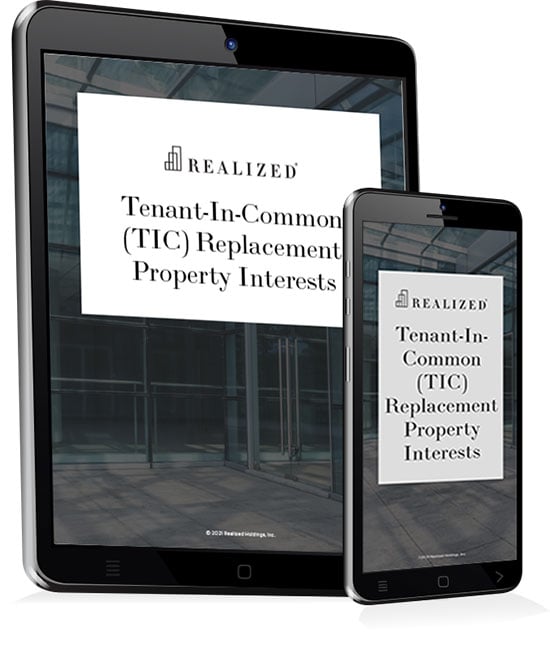
If you’re buying a property with one or more people, you have options in how the property is titled. One of these options is a tenancy in common. Becoming a tenant in common, or a TIC, is one way for investors to have rights to the entire property while only holding a fractional interest.
Each tenant in common has the right to sell their share of the property to anyone. From a legal perspective, there’s not much the other tenants can do about who is chosen. However, there are available options to remove a tenant from the tenancy in common.
Rights of Tenant in Common (TIC)
Ownership arrangements can be in equal or unequal shares of the property. Owner A can hold 75% ownership, while Owner B holds 25%. Owner A can also split their ownership and add a new tenant. All areas of the property are equally owned by each tenant and they have legal rights to the entire property even though each tenant may have a different share of ownership interest.
All parties have usage and occupancy rights to the property and tenants also have a right to leave their share to a beneficiary as a portion of their estate. If the property produces income, such as an apartment building, tenants are entitled to a percentage of that income equal to their ownership shares. Additionally, tenants are responsible for their fractional share of the expenses, including the mortgage, taxes, and property insurance.
Tenancy in Common Agreement
A TIC agreement is a written contract signed by all co-owners, but it is not required. TIC agreements should cover issues that may arise between all parties. If there is no TIC agreement, state statutes and common law will determine the TIC characteristics.
TIC agreements generally include important details such as:
- Assignment of usage
- Ownership share
- Permitted uses
- Maintenance
- Property management
Removing a Tenant in Common
In a situation where tenants want to kick out another co-owner, there are options. One is to approach the courts and do a property partition. This involves physically dividing the property and dissolving the TIC agreement. However, this can only happen if it is physically possible to do so. Once the property is divided, each owner receives a deed to their share.
Another option is to sell your share and move on or to buy out the other tenant. If you want to dissolve the TIC entirely, you may petition the court to do a forced sale. This involves allowing the court to take control of the property. Once the property is sold, proceeds are distributed amongst the tenants according to their ownership interest.
It’s highly advised to form and sign a tenancy in common agreement so that each owner knows their rights and responsibilities to the property. These agreements explain all rights and responsibilities of the tenants and are used to avoid expensive and time-consuming disputes and give procedures for how conflicts will be solved.



